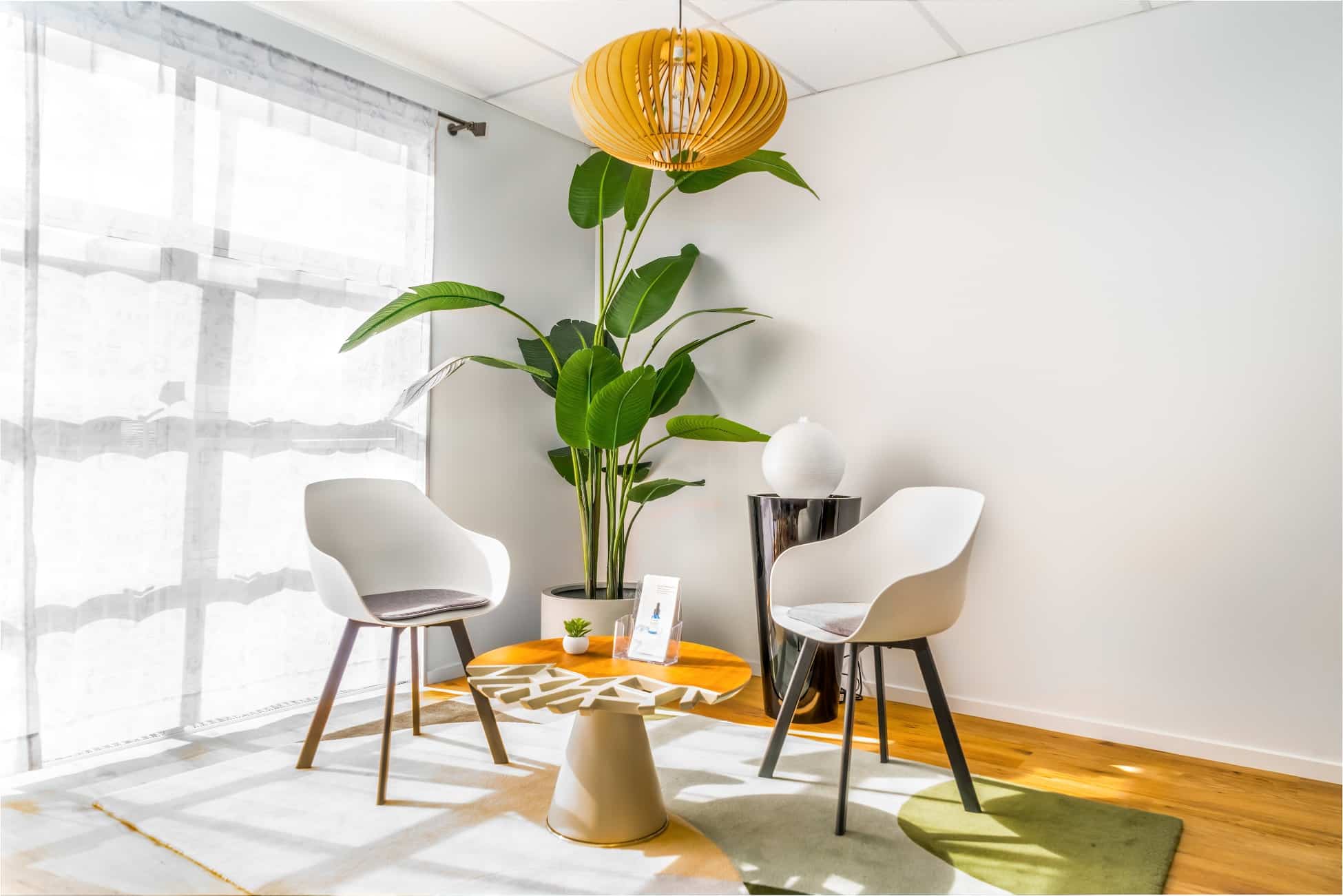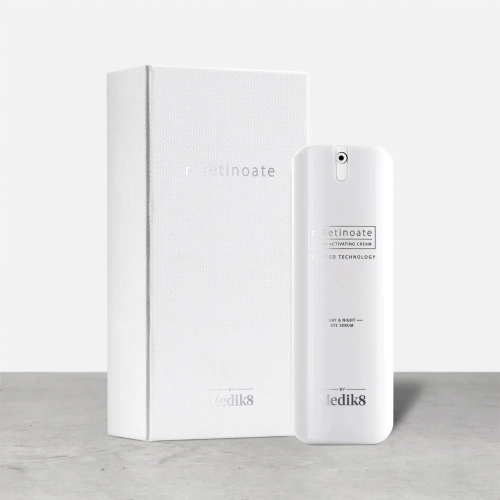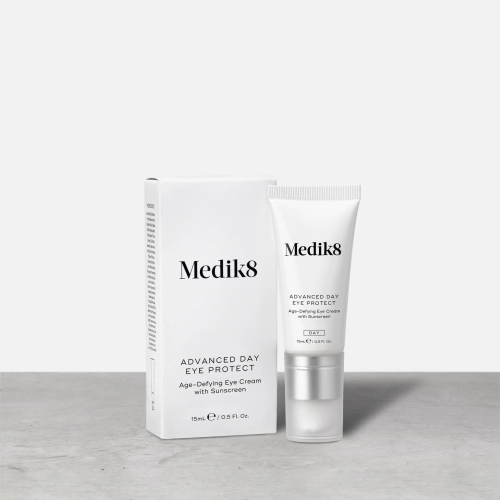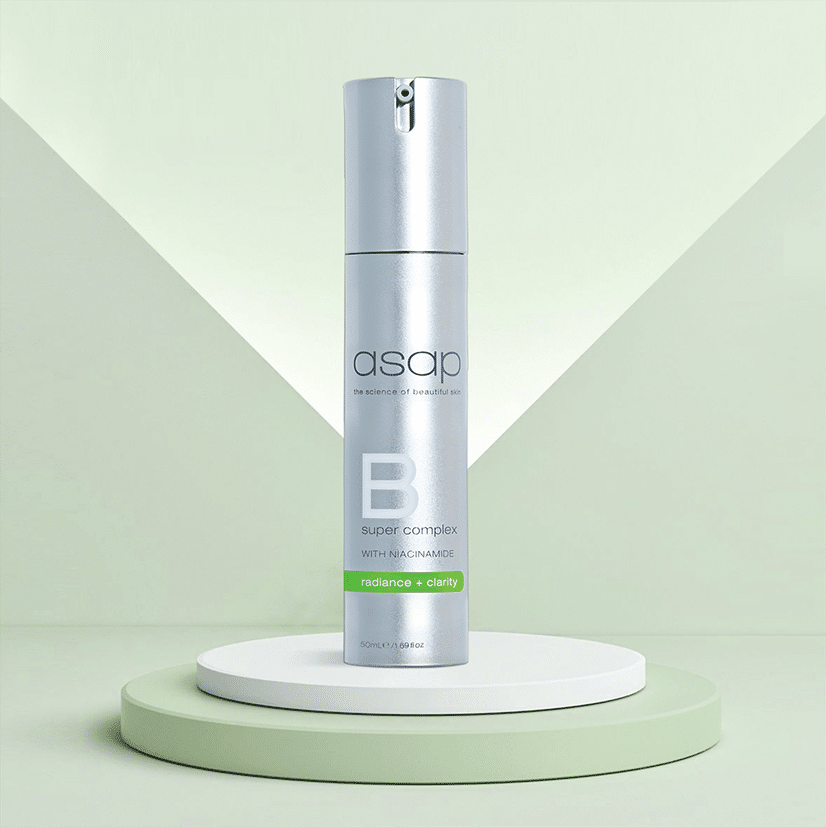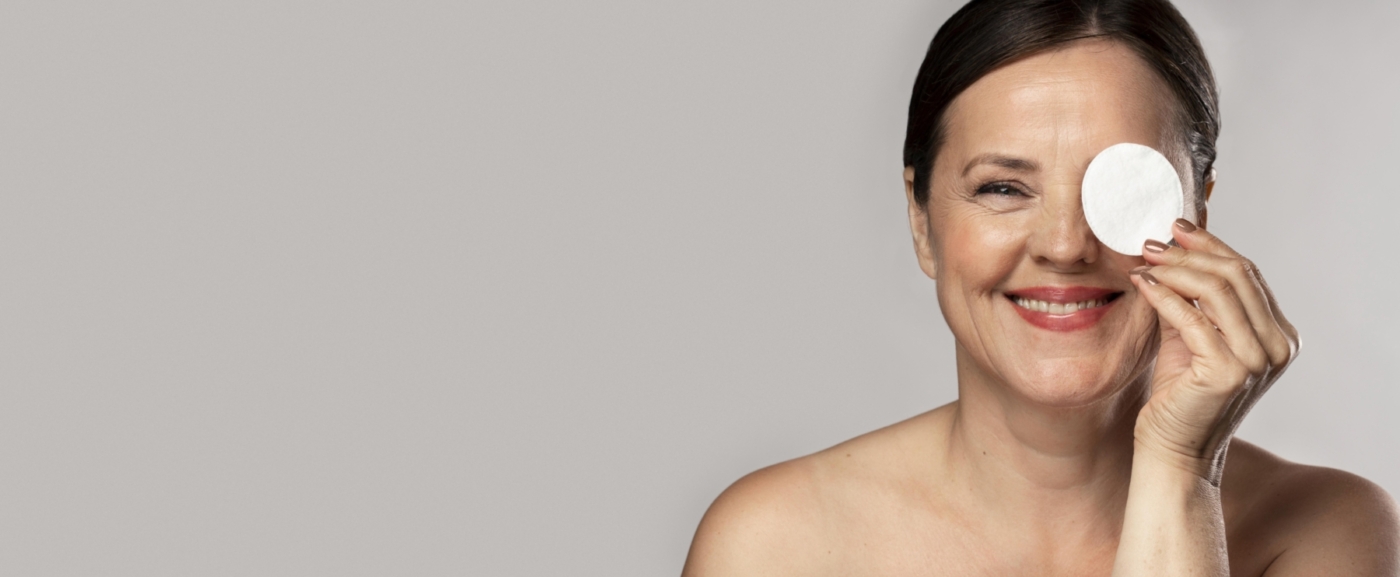
Understanding Under-Eye Filler -Everything You Need To Know
The quest for a youthful appearance often leads us to the mirror, where we scrutinize the signs of aging. One area that often betrays our age is the under-eye region.
Dark circles, hollows, and fine lines can make us look tired and older than we feel. But there’s a solution: dermal fillers for under-eye treatment.
Dermal fillers are a non-surgical option that can rejuvenate your appearance. They can address tear trough deformities, fill hollows, and smooth wrinkles.
But what exactly are these fillers? How do they work? And what should you expect from the treatment?
This guide will answer these questions and more. It will provide comprehensive information on under-eye fillers, helping you decide about this cosmetic procedure.
So, let’s delve into the world of dermal fillers for under-eye treatment.
What Are Dermal Fillers?
Dermal fillers are injectable gels used to restore volume and smooth wrinkles. Hyaluronic acid, a sugar naturally occurring in the skin, primarily composes them.
In the context of under-eye treatment, these fillers target the tear trough, the area between the lower eyelid and cheek. By plumping this area, fillers can minimize dark circles and tired-looking eyes.
Dermal fillers for under-eye treatment provide a quick, non-surgical solution to refresh your appearance. They can help achieve a youthful and rested look without lengthy downtime or recovery.
Key Points
Under-Eye Filler:
- Purpose: Fills in hollows under the eyes to reduce the appearance of dark circles and tiredness.
- Risks: Can exacerbate morning puffiness and, though rare, carries a slightly higher risk of blindness due to the vascular anatomy in this area.
Cheek Filler as an Alternative:
- Benefits: Lifting and adding volume to the cheeks can improve the under-eye area indirectly, enhancing facial structure and reducing the need for direct under-eye fillers.
Alternative Treatments:
- PRP (Platelet-Rich Plasma):
- Uses the body’s own platelets to stimulate collagen production and improve skin texture and brightness.
- May reduce under-eye hollowness and dark circles naturally.
- Skin Boosters:
- Involves microinjections of hyaluronic acid to hydrate and plump the skin.
- Enhances skin quality, elasticity, and radiance, which can benefit the under-eye area over time.
Why Under-Eye Fillers Are Popular But Need Careful Consideration
Under-eye fillers are popular because they offer a non-surgical solution to common aging concerns. The under-eye area is prone to shadows and hollows, making someone look tired or older. Fillers provide immediate results, lifting and smoothing the under-eye region.
However, your doctor must ensure you are the right candidate for this procedure.
Under-eye filler can cause problems for people who
- Experience morning puffiness
- Under-eye filler also carries a slightly higher risk for blindness.
- Cheek filler is often the better option, and under-eye filler has fewer problems.
Dr Nadja Haub says
My preferred option to treat the under-eye area is often cheek filler. This gently lifts the fat pads under the eyes and can reduce dark circles quite nicely. The risk of complications is lower with cheek filler.
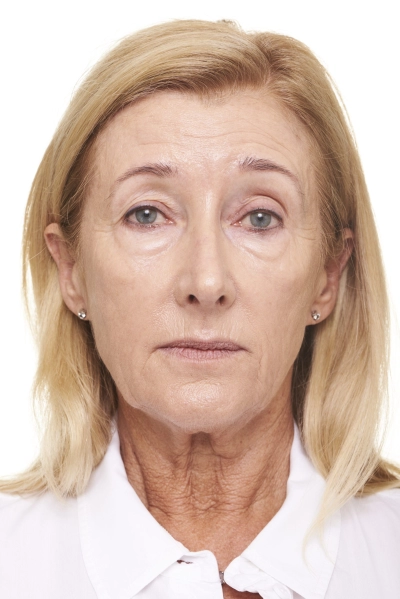
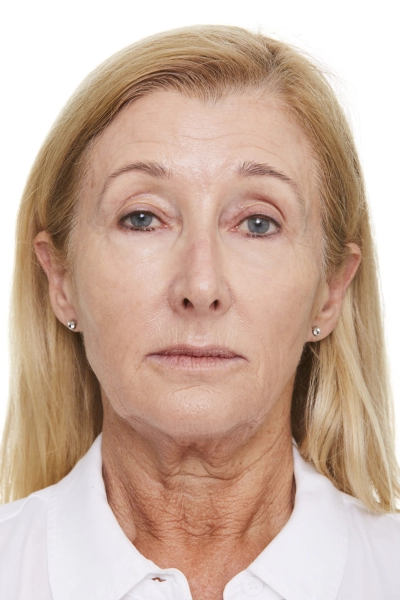
Why cheek fillers can be the better option to improve the under-eye area
While under-eye fillers can effectively address dark circles, cheek fillers may offer a more comprehensive solution. Enhancing the volume in the cheeks can create a more balanced and youthful facial contour. This added volume can lift the skin around the eyes. It reduces the look of hollows and shadows without injecting the delicate under-eye area.
Cheek fillers can also provide a longer-lasting effect compared to under-eye fillers. The results can be more pronounced and enduring since the cheeks are a larger area with more tissue. By focusing on the cheeks, you can avoid issues from under-eye treatments. These issues include morning puffiness and a small risk of blindness.
Moreover, enhancing the cheeks can improve overall facial symmetry and structure. A well-defined cheekbone can draw attention away from the under-eye area, making you look more vibrant and refreshed. This holistic approach addresses dark circles and rejuvenates your entire face.
Types of Under-Eye Fillers
Hyaluronic acid fillers are the most common choice for the under-eye area. The filler is thin and can stretch with eye movements, so you can not see it under the skin. Other options, like fat transfer, provide more permanent solutions but require more complex procedures.
The under-eye filler must be approved by the FDA. This reassures you that a reputable company produces it and that it was extensively tested to ensure minimal side effects. While some non-FDA-approved fillers can be of good quality as well, you may not have the same reassurance, and if something goes wrong, it can cause uncertainty about the product.
The Procedure: What to Expect
Under-eye filler treatments are relatively quick and minimally invasive. Before the procedure, a thorough consultation will help the practitioner understand your goals and assess suitability.
The doctor cleanses and numbs the area under your eyes before the treatment. The injector then uses a gentle cannula to place the filler precisely. The entire process usually takes between 30 to 45 minutes.
Some minor swelling and redness may occur immediately afterwards. These effects often dissipate within a few days.
Most patients experience little to no downtime. You can return to normal activities shortly after the treatment. Following aftercare instructions is crucial for optimal results.
Benefits of Under-Eye Fillers
Under-eye fillers offer a non-surgical solution to common concerns like dark circles and hollowness. They provide immediate volume and smoothness to the under-eye area, enhancing its youthful appearance.
These fillers can effectively reduce the tired look by addressing too large and dark circles under the eyes. The results are natural-looking, and the procedure is quick and minimally uncomfortable.
Improved self-confidence is often one of the most significant benefits, as individuals feel more refreshed and vibrant. Fillers provide a gradual way to enhance your appearance. Unlike surgery, they offer a personalized and reversible method for facial rejuvenation.
Potential Risks and How to Minimize Them
While dermal fillers for under-eye treatment are generally safe, there are potential risks. Common side effects include mild swelling, bruising, or redness at the injection site. You can typically manage these with cold compresses or over-the-counter pain relief.
Morning Puffiness
The most common side effect is increased puffiness in the morning. This happens because the filler contains hyaluronic acid, which draws water into the skin. The skin under the eyes is thin and delicate, so a small amount of extra water can make it look puffy.
Rare Risk of Blindness
Because the tear troughs are near the eyes, the risk of the filler blocking a blood vessel that supplies the eyes is slightly higher. It is still a rare complication, but the overall risk is higher than other dermal filler types. You can reduce this risk by using injection techniques that help prevent this severe complication.
Tyndall Effect
Another potential concern when using fillers in the tear trough area is the Tyndall effect. This phenomenon occurs when the filler shows through the thin skin under the eyes.
This causes a bluish tint to appear. Light reflects off the filler, creating an unappealing look. To avoid the Tyndall effect, choose an experienced injector and a high-quality filler that reduces this risk.
Choosing the Right Injector
Selecting the right injector is crucial for a successful under-eye filler experience. A qualified professional will have extensive training and experience in treating the under-eye area.
Please consult the injector beforehand to assess their communication style and attentiveness to your concerns. A good practitioner will conduct a thorough facial assessment and provide honest insights on achievable results. Don’t hesitate to request before-and-after photos of previous clients to gauge their proficiency and aesthetic sense.
Cost and Longevity of Under-Eye Fillers
The cost of under-eye fillers in New Zealand typically ranges from $600 to $800 per session. Most people require 1 ml under-eye filler. It’s important to be wary of prices that seem too low, as they may compromise the quality and safety of the procedure.
Longevity is another critical factor when considering dermal fillers under the eyes. Most fillers, especially those containing hyaluronic acid, last nine to fifteen months. Factors like metabolism, lifestyle, and the specific type of filler used influence how long the results last. Maintenance treatments may be necessary to keep your desired look.
Aftercare and Recovery
Proper aftercare is essential for maximizing the results and reducing the risk of complications. Immediately after the treatment, your injector will guide you on how to care for the treated area. You might experience some temporary swelling or bruising, which is normal and should subside within a few days.
To aid recovery, avoid strenuous activities and excessive sun exposure for at least 24-48 hours after the procedure. Applying a cold compress can help alleviate swelling. Please follow all instructions from your practitioner closely. Attend any follow-up appointments to check your progress and ensure the best results.
Do eye creams help to maintain the under-eye filler result?
Yes, eye creams can support the results of under-eye fillers. While fillers provide immediate volume and smoothness, using a good eye cream can help enhance and prolong those effects. Look for eye creams that contain hydrating ingredients like hyaluronic acid, peptides, or antioxidants. These components can moisturise and thicken the skin around your eyes and improve its overall texture.
Some eye creams help reduce puffiness and dark circles. Most of these creams contain caffeine.
Caffeine tightens the blood vessels under the eyes and improves dark areas. These can enhance the results of your filler treatment. Please click the link to check our extensive range of eye creams.
PRP (Platelet-Rich Plasma) and skin boosters can be excellent alternatives to under-eye filler:
- PRP: By using your body’s own platelets, PRP promotes collagen production, improving skin texture, tone, and brightness. This natural approach can reduce hollowness and dark circles, providing a refreshed look without the risks associated with fillers.
- Skin Boosters: These involve microinjections of hyaluronic acid to deeply hydrate and plump the skin, enhancing its quality, elasticity, and radiance. Skin boosters can subtly improve the under-eye area, offering a rejuvenated appearance without adding volume that may lead to puffiness.
These treatments are effective, minimally invasive options that avoid the potential complications of under-eye fillers.
Conclusion: Setting Realistic Expectations
Dermal fillers effectively solve under-eye concerns, providing natural-looking results with minimal downtime. While these treatments can significantly reduce the appearance of dark circles and hollows, they have limitations. Often, cheek fillers are the better option to improve the under-eye area.
Book Your Appointment at Satini Cosmetic Clinic
to explore the various options available to enhance your appearance. Our skilled team at Satini Cosmetic Clinic is here to help you get your desired look. We always prioritize your safety and comfort.
During your consultation, we will discuss your concerns, examine your facial structure, and suggest the best treatments.
Don’t wait any longer to achieve your desired youthful, refreshed look. Contact Satini Cosmetic Clinic today to schedule your appointment and take the first step towards a more vibrant you!
